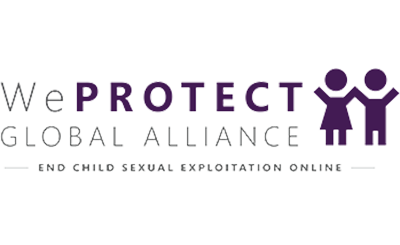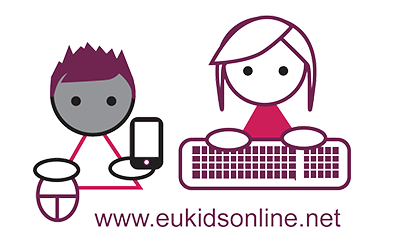Key steps in planning impact:
- Desired impact: start thinking about the desired impact at the beginning of the project (or even when designing the project) so that the associated activities and outputs can be carefully planned and resources to track them allocated. This usually means thinking about the type of change that the project is aiming to achieve – such as making the internet a safer place for children – and can be on a longer or shorter timescale.
- Identifying and mapping stakeholders and beneficiaries: brainstorm who the relevant institutions and actors and their respective interests are, and engage with the stakeholders and find out what potential benefits or barriers they see with the project. Maintaining continuous engagement with the stakeholders throughout the research process has its advantages, as they can have an input at all stages, making them more likely to commit to assisting with the project impact.
- Contextual analysis: as well as mapping individuals, it is also often useful to map the groups, structures and processes relevant to your area of interest to understand potential impact pathways and barriers. This helps ensure good understanding of the relevant issues and informs decisions about ways of addressing them.
- Consider demand and use: as well as considering how to build capacity to generate and communicate research, also consider the need to support the individual and organisational usage of and demand for research. This could include the skills and commitment of users to access, evaluate and use a variety of (often conflicting) evidence in their decision-making.
- Critical reflection: decisions and plans should be continuously monitored, assessed, and if necessary, adapted; once the planned research activities are underway, reflecting on progress, challenges and possible gaps is important in case any re-adjustment is needed.
- Strategic communication, outreach, networking and collaboration: use a range of activities and formats to tailor, package, synthesise, share and discuss the findings with different audiences, and work collaboratively to achieve the desired changes.
- Tracking uptake and impact: monitor the outputs, processes and outcomes emerging from your project, which might include intended or unintended outcomes, as well as both positive and negative ones.
The Theory of Change may help you identify the necessary sequence of steps to ensure the maximum impact from your research.
Theory of Change is an outcomes-based approach that applies critical thinking to the design, implementation and evaluation of initiatives and programmes intended to support change in their contexts. (Vogel, 2012: 3)
Further resources:
Planning and monitoring impact
Anyone may use the resources under the Attributive Non-Commercial Creative Commons License (CC BY-NC) crediting Global Kids Online as the source.
Reference: Vogel, I (2012) Review of the use of Theory of Change in international development, London: UK Department for International Development








